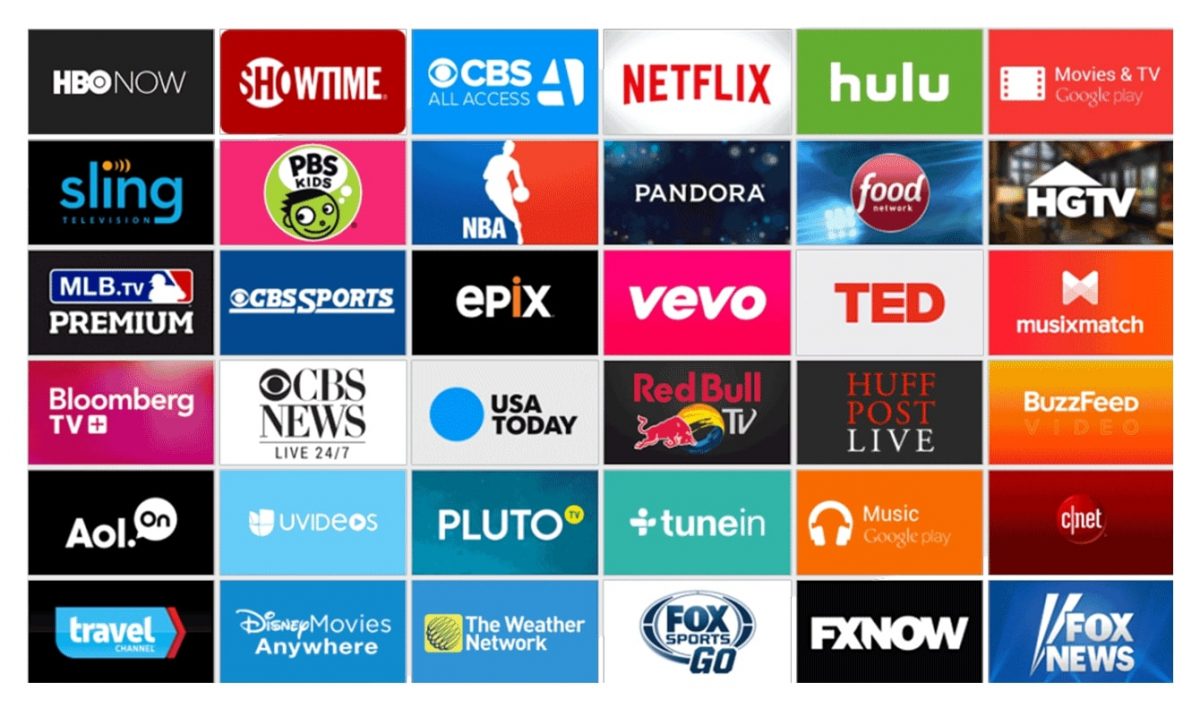Stream Your Dreams: Navigating the Future of Online Entertainment
Stream Your Dreams: Navigating the Future of Online Entertainment
Blog Article

In recent years, the way we consume entertainment has undergone a remarkable transformation. The rise of online streaming has revolutionized our viewing habits, allowing us to access a vast array of content from the comfort of our homes. Gone are the days of rigid programming schedules and waiting for our favorite shows to air. With just a few clicks, we can dive into a world of movies, series, documentaries, and live events that cater to our unique tastes and preferences.
As technology continues to evolve, so does the landscape of online streaming. New platforms emerge regularly, each competing for our attention with original content, exclusive releases, and innovative features. This booming industry not only reshapes how we watch but also how we engage with entertainment as it becomes increasingly interactive and personalized. Navigating this ever-changing terrain can be both exciting and overwhelming, making it essential for viewers to understand the dynamics of online streaming and what lies ahead in this digital entertainment revolution.
The Rise of Streaming Services
The past decade has witnessed an unprecedented surge in the popularity of online streaming services. Originally limited to a handful of platforms, the landscape has now expanded to include a diverse array of options catering to various tastes and preferences. Audiences have shifted from traditional cable television to streaming due to the convenience of on-demand access and the flexibility to watch content anytime and anywhere. This evolution has been fueled by the advancements in internet technology, making high-quality video accessible to a broader audience.
As streaming services continue to grow, competition among providers has intensified. Major companies have invested heavily in creating exclusive content to attract subscribers. The emergence of platforms like Netflix, Hulu, and Amazon Prime Video has paved the way for others, including Disney+, HBO Max, and many more, each vying to offer unique programming. These investments in original content have reshaped the entertainment industry, encouraging creativity and experimentation in storytelling while drawing in global audiences.
The rise of streaming services has also transformed how we consume media. Viewers now have the power to curate their viewing experience, often leading to binge-watching habits where entire seasons of shows are devoured in one sitting. This shift has not only impacted consumer behavior but has also forced traditional media companies to evolve their strategies and embrace the streaming model. As we move forward, the influence of online streaming on the entertainment landscape will continue to expand, shaping the future of how we engage with content.
Impact on Traditional Media
The rise of online streaming has profoundly transformed the landscape of traditional media, significantly altering how content is consumed. Viewers now have the ability to watch what they want, when they want, and on any device they choose. This shift has led to a decline in traditional television viewership and has forced networks to rethink their strategies in order to compete with the flexibility and variety offered by streaming platforms. Many audiences, especially younger generations, prefer the on-demand nature of streaming services over scheduled programming.
Moreover, traditional media companies are increasingly investing in their own streaming platforms to keep up with the competition. This move signifies a recognition that the future lies in digital content delivery. Networks are adapting by not only launching their own services but also by producing exclusive content that can only be accessed through their platforms. This evolution indicates a hybrid approach, where traditional media merges with online streaming, providing a more customized viewing experience to audiences.
Additionally, advertising models are shifting as well due to the changing landscape. With many viewers opting for ad-free streaming options, traditional advertisers must rethink their strategies and explore new partnerships with streaming services. This has led to innovative forms of advertising, such as targeted ads based on user profiles, which can enhance viewer engagement and provide better results for brands. The impact of online streaming on traditional media is ongoing and continues to shape how content is created, distributed, and consumed across the industry.
Future Trends in Online Entertainment
The future of online streaming holds exciting possibilities as technology continues to evolve. One significant trend is the rise of interactive content, where viewers have the ability to influence the storyline or interact with characters in real-time. This shift from passive viewing to active participation could redefine how audiences experience entertainment, encouraging deeper engagement and connection with the content. With advancements in artificial intelligence and virtual reality, creators can craft experiences tailored to individual preferences, making each viewing unique.
Request A Demo
Another trend shaping the future of online entertainment is the integration of social media with streaming platforms. As viewers increasingly seek to share their experiences, platforms are incorporating features that allow for real-time reactions, comments, and sharing of content on social networks. This social integration not only enhances viewer engagement but also helps creators build communities around their content, fostering a sense of belonging and shared experience among fans. The ability to connect with others while enjoying content will likely become a key element in retaining and attracting audiences.
Finally, the expansion of subscription-based models is anticipated to continue as well. With the growing number of streaming services, consumers are getting used to paying for high-quality content rather than relying on traditional advertising-funded platforms. This shift may lead to more diverse and niche content being produced, catering to specific interests and demographics. As streaming services compete for subscribers, the emphasis will be on delivering exceptional value and unique programming, further enriching the landscape of online entertainment.
Report this page